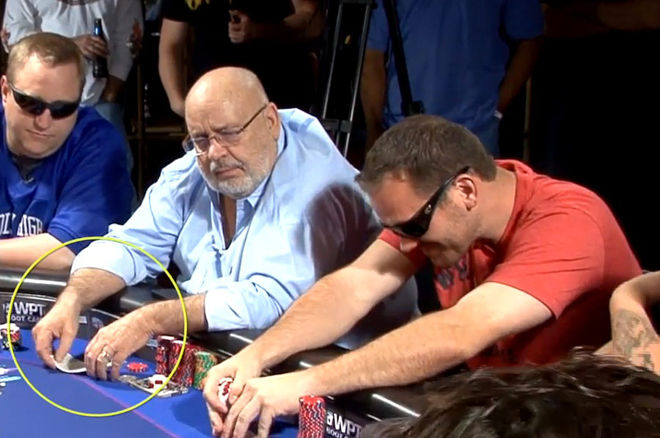BANKROLL MANAGEMENT
Discounting a lack of skill, the number one reason a poker player goes broke is due to poor poker bankroll management. Ask any professional poker player for one tip about how to get started in poker and almost all will advise you to practice bankroll management. That is fine, but what exactly is“bankroll management”?
Practicing sound poker bankroll management involves recognizing that the amount of money you have in your poker bankroll should always be dictating the stakes for which you play. That’s easy enough to understand in theory, but for some being able to put that idea into practice can be easier said than done.
Over the next three articles, I’ll be sharing tips regarding how to think about and manage your poker bankroll, including offering some specific strategies to help you with decisions about game selection, moving up in stakes, and cashing out.
Your POKER Bankroll is For POKER Only
Let’s get one thing straight immediately: only use money that you can afford to lose to make up your bankroll. That is the golden rule. This means that the money in your bankroll is only needed to fund your poker playing. If you think you have a $2,000 bankroll but will need to use $1,500 from it this month or next to pay an important bill, then you do not have a $2,000 bankroll — you have a $500 one!
Your Bankroll Allows You to Play Your A-Game
Another consideration to make is whether or not this particular poker bankroll with which you are currently playing is the only one you will ever have. By that I mean if you were to lose it, would you have to take a break from playing or could you reload your account with another bankroll?
If you have a well-paid full-time job, losing $500 may not be a big deal to you. But if losing that $500 means you will not be able to play poker for a long time while you replenish your funds, then you may want to be a more cautious with it.
One purpose of our bankroll is to act as a cushion for when we lose, which will happen sometimes, even to the best players. If you sit down online at a $0.10/$0.25 cash game table with just $25 as a bankroll, then all you need to do is lose that one buy-in and you are out of the game. Have several $25 buy-ins behind you, however, and you can stay in the game and try to win back your money.
Your Bankroll Dictates Your Game Selection
How much of a poker bankroll you should have depends on a number of factors. These include the format of the game you play, your playing style, and your tolerance for swings (good and bad). For example, a short-handed (6-max.) no-limit hold’em cash game player can play from a smaller bankroll than can a pot-limit Omaha cash game player because PLO tends to have wider swings (or “variance”). Similarly, PLO cash game players can play from a lesser bankroll than can multi-table tournament players.
The table below shows the number of buy-ins I would recommend for the most common game types currently played online. (Note: bankroll recommendations for online games differ from those for live games.)
In the case of tournaments, the numbers listed below refer to the number of tourney buy-ins. Thus if you like to play $5 multi-table tournaments, a number of 100 (as a minimum) refers to having $500 in your bankroll with which to play. Meanwhile for cash games, the numbers refer to the number of buy-ins into the game wherein a buy-in represents the maximum amount allowed in the game. In other words, if the $0.10/$0.25 NLHE game you like to play allows a maximum buy-in of $25, a figure of 100 refers to having $2,500 in your bankroll with which to play.


No comments:
Post a Comment